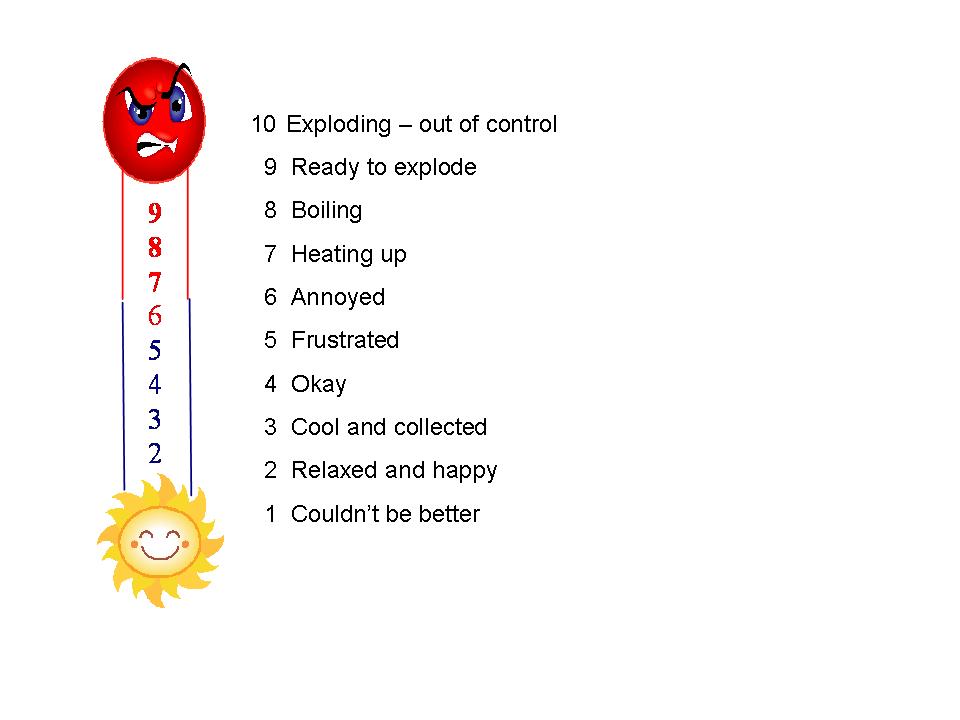Arousal is designed to prepare our bodies for action.
It is important to understand that the arousal that builds in the body provides fuel that can drive our anger. As we learn to work with angry arousal in our bodies, we can begin to stop being caught up by it and can take control of it (Kolts, 2012).
The following strategies can help young people to control their angry feelings and the impulse to act:
- Recognising the signs of arousal
- Mindful acceptance of anger
- Relaxation techniques
- Delaying the decision to act and withdrawing
- Enlisting support
Over time as a young person develops their capacity to apply these strategies their impulse to discharge the anger physically should reduce. Also, young people can take preventative measures by taking care to get enough sleep, to eat well and to exercise regularly.
Recognising the signs of arousal
Kolts (2012) suggests that in the right context and with the endorsement of managers and/or supervisors, the practitioner can ask the young person to sit quietly, place their feet firmly on the ground, extend their spine, shut their eyes or fix their gaze and remember a time they were recently angry, and ask the following questions:
- What does your anger feel like?
- What sensations were present when you were angry?
- What sensations let you know that you were feeling anger?
- Do you always notice these sensations or do you tend to ignore them?
- How could these sensations be used a signals to prevent the impulse to act?
The body-map exercise and the anger rating scale can be used to help young people recognise the signs anger-related arousal.
The Body-Map exercise
It is useful to help the young person identify the physiological and psychological effects of anger by using tools such as the Body-Map exercise (Neill, 2010). The practitioner may invite the young person to draw the outline of their body and draw the physiological affects onto the body. For example they may draw a heart to symbolise increased heart rate. Anger can be discussed in terms of ‘energy’, ‘tension’, ‘build up of feelings’, ‘hurt’. This increases the descriptive language around sensations and feelings, which can assist in regulation of anger.
The anger rating scale: feeling thermometer
The anger rating scale can be useful in helping a young person develop greater insight into their anger intensity. For example the practitioner might use a rating scale to monitor feelings i.e.1 = no anger and 10 = extremely angry. The rating scale can help a young person to recognise that their anger often varies along the continuum.

